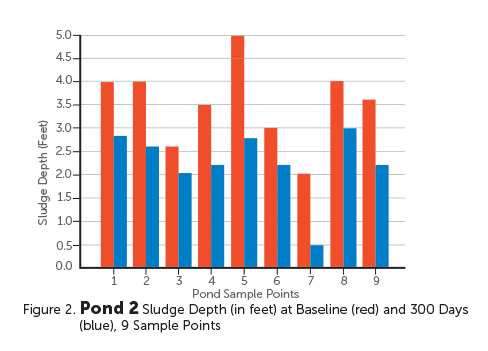
In English Online In English PDF Download
En Español Ver Online En Español Descagar PDF
Related Posts

It’s ALIVE!
by Heather Jennings, PE . . . the lagoon sludge layer, that is. I’ve seen many lagoons full of sludge, and the general attitude I find in the water industry is that the sludge layer is inert and really can only be mechanically dredged. To a certain point, that is correct: sand, soil, grit, plastics—basically...

BIO ENERGIZER® Reduces Sludge, BOD, and Odor—City in Illinois
A small town in Illinois (pop. 3,500) had a municipal wastewater system that was in need of sludge removal. The sludge accumulation problem had become so problematic that the sludge was visible at the surface. The exposed sludge was causing an odor problem for the nearby residents. In addition, due to the high solids accumulation,...

Microplex® JS Jump Starts Utah Summer Camp WWTF
by Heather Jennings, PE If I had to choose a favorite of our microbial products it would have to be our Microplex® JS product. It is a two-part formulation of a live synergistic blend of natural, Class I bacteria, specifically chosen for their ability to rapidly degrade solids, fats, lipids, proteins, detergents, hydrocarbons, and other...

